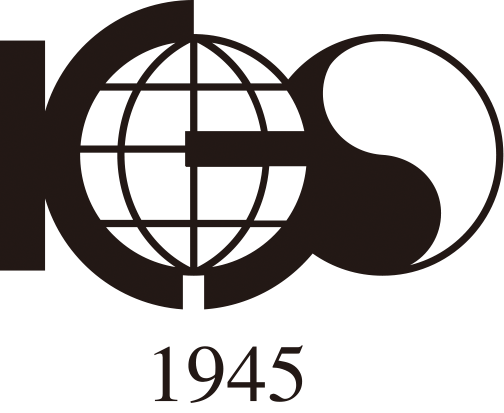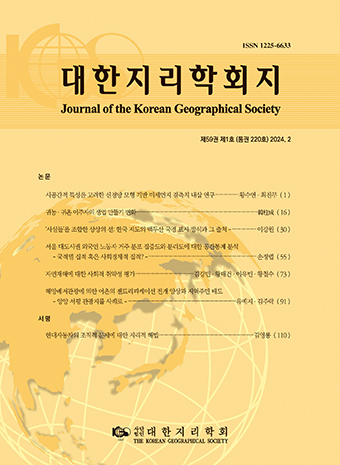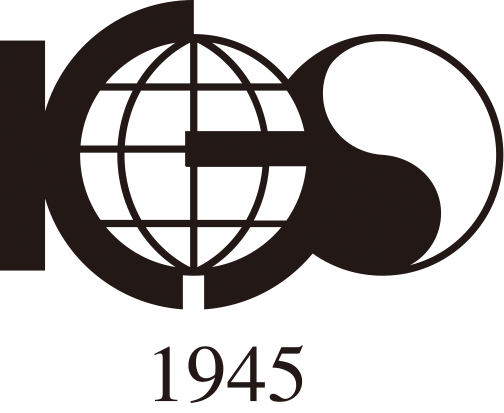Research Article
Abstract
References
Information
Kim, J. and Kwan, M. P., 2021, An examination of peoples privacy concerns, perceptions of social benefits, and acceptance of COVID-19 mitigation measures that harness location information: A comparative study of the US and South Korea, ISPRS International Journal of Geo-Information, 10(1), 25.
10.3390/ijgi10010025
- Publisher :The Korean Geographical Society
- Publisher(Ko) :대한지리학회
- Journal Title :Journal of the Korean Geographical Society
- Journal Title(Ko) :대한지리학회지
- Volume : 56
- No :2
- Pages :231-244
- Received Date : 2021-02-10
- Revised Date : 2021-02-24
- Accepted Date : 2021-03-04
- DOI :https://doi.org/10.22776/kgs.2021.56.2.231




 Journal of the Korean Geographical Society
Journal of the Korean Geographical Society







